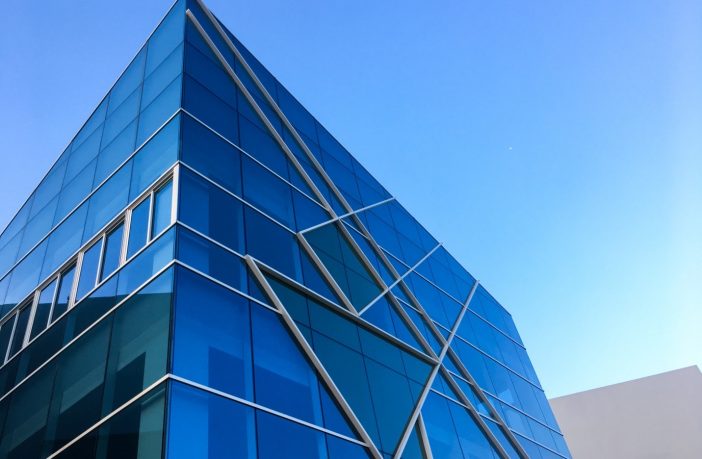- The High-Performance Building (HPB) challenges architects to design buildings that include features based on performance outcomes that can be measured.
- The HPB offers an opportunity for property developers to really show their intent.
- The takeaways speak for themselves; low or zero carbon emissions, higher occupancy rates, higher occupant productivity, lower building running cost and higher building value.
The concept of the ‘Green Building’ has run its course. The urgency regarding climate change mitigation in the built environment has brought us to the point where buildings are no longer rated on their green features but rather on their performance.
The High-Performance Buildings (HPB) are rated on their performance in relation to energy, water use, indoor air quality, thermal comfort, carbon emissions, worker productivity and surrounding urban ecology. The HPB produces its own energy and typically deploys artificial intelligence and smart technology to guide and direct positive performance outcomes.
Most importantly the HPB is transparent regarding its performance, offering real-time performance reporting by way of intelligent building management systems.
There are four main rating tools on offer to property developers in South Africa. Leading the way with over 300 green star building accreditations is the Green Building Council South Africa (GBCSA). LEED, offered by the US Green Building Council comes in a distant second. Both tools are based on the number of ‘green’ features and are graded accordingly. Actual performance of the building is not considered or measured when a building is awarded the designation.
More recently two additional rating tools have been introduced to the South African market namely; the Living Building Challenge and the Well Building Standard. The Well Building Standard focusses on the well-being of the building user, awarding points base on the building design which meets certain specified preconditions and number optimization features.
The Living Building Challenge is the most rigorous of the four rating tools and arguably the most closely aligned with the concept of the HPB. Transparency is promoted in their Reveal label which allows building owners to communicate energy efficiency performance. It provides a verification of energy performance, including three separate metrics: energy use intensity, the zero energy performance index, and reduction in energy use from baseline.
With ‘green features’ now common knowledge, the challenge is to design buildings that include features based on performance outcomes that can be measured. This ensures authenticity through the value chain. The HPB offers an opportunity for property developers to really show their intent. The takeaways speak for themselves; low or zero carbon emissions, higher occupancy rates, higher occupant productivity, lower building running cost and higher building value.
Author: Bryan Groenendaal















